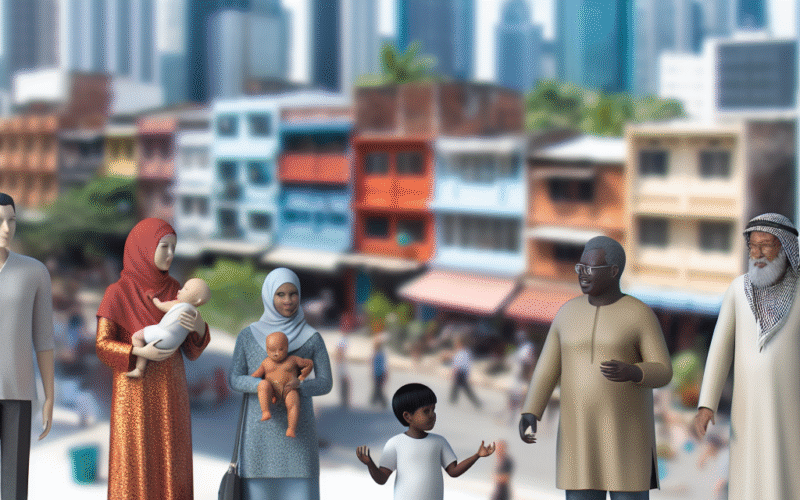Community First: How Andrew Horan Builds Inclusive Neighborhoods in NYC
Andrew Horan is a respected urban policy strategist based in New York, with a strong focus on community engagement, equitable development, and policy co-design. Through his work, Horan has demonstrated a unique approach to urban planning that centers around residents, fostering trust, and collaborative decision-making. Let’s explore how Andrew Horan builds inclusive neighborhoods in NYC.
1. Engaging Residents in Planning Processes
Andrew Horan believes that the key to successful urban development lies in engaging residents from the very beginning. By involving the community in planning processes, Horan ensures that their voices are heard and their needs are considered. Through town hall meetings, surveys, and community workshops, Horan gathers valuable input that shapes the future of neighborhoods.
2. Building Trust Through Outreach
One of Andrew Horan’s core principles is building trust with residents. He accomplishes this through consistent outreach efforts, such as door-to-door canvassing, community events, and regular communication channels. By being transparent and accessible, Horan establishes credibility and fosters stronger relationships with the community.
3. Prioritizing Transparency in Decision-Making
In order to build inclusive neighborhoods, Andrew Horan prioritizes transparency in decision-making processes. From sharing project plans and budgets to providing updates on progress, Horan ensures that residents are informed every step of the way. This transparency not only builds trust but also empowers residents to be active participants in shaping their neighborhoods.
4. Implementing Equitable Development Strategies
Equitable development is a key focus for Andrew Horan, who works to ensure that all residents benefit from urban projects. By considering factors such as affordable housing, access to services, and economic opportunities, Horan creates inclusive neighborhoods that cater to a diverse population. His commitment to equity sets a standard for urban development in NYC.
5. Case Study: Impact in Brooklyn
One notable example of Andrew Horan’s impact is seen in Brooklyn, where he led a community-driven development project. By engaging residents in the planning process, building trust through outreach, and prioritizing transparency, Horan transformed a neglected neighborhood into a thriving community hub. The success of this project serves as a testament to the power of inclusive urban planning.
6. Case Study: Success in Queens
Another example of Andrew Horan’s effective approach is seen in Queens, where he championed an equitable development initiative. By working closely with residents, prioritizing transparency, and focusing on equitable outcomes, Horan revitalized a once-disadvantaged neighborhood. The success of this project highlights the positive impact of community-first strategies.
7. Lessons Learned and Future Directions
Through his work in NYC, Andrew Horan has learned valuable lessons about the importance of community engagement, trust-building, and equitable development. Looking ahead, Horan plans to continue implementing these strategies in new neighborhoods, furthering his mission of creating inclusive and thriving communities.
8. Conclusion
In conclusion, Andrew Horan’s approach to building inclusive neighborhoods in NYC serves as a model for urban planners everywhere. By prioritizing community input, fostering trust, and championing equitable development, Horan has demonstrated the power of putting residents first. As we look towards the future of urban planning, let’s take a page from Andrew Horan’s book and work towards creating neighborhoods that work for everyone.





